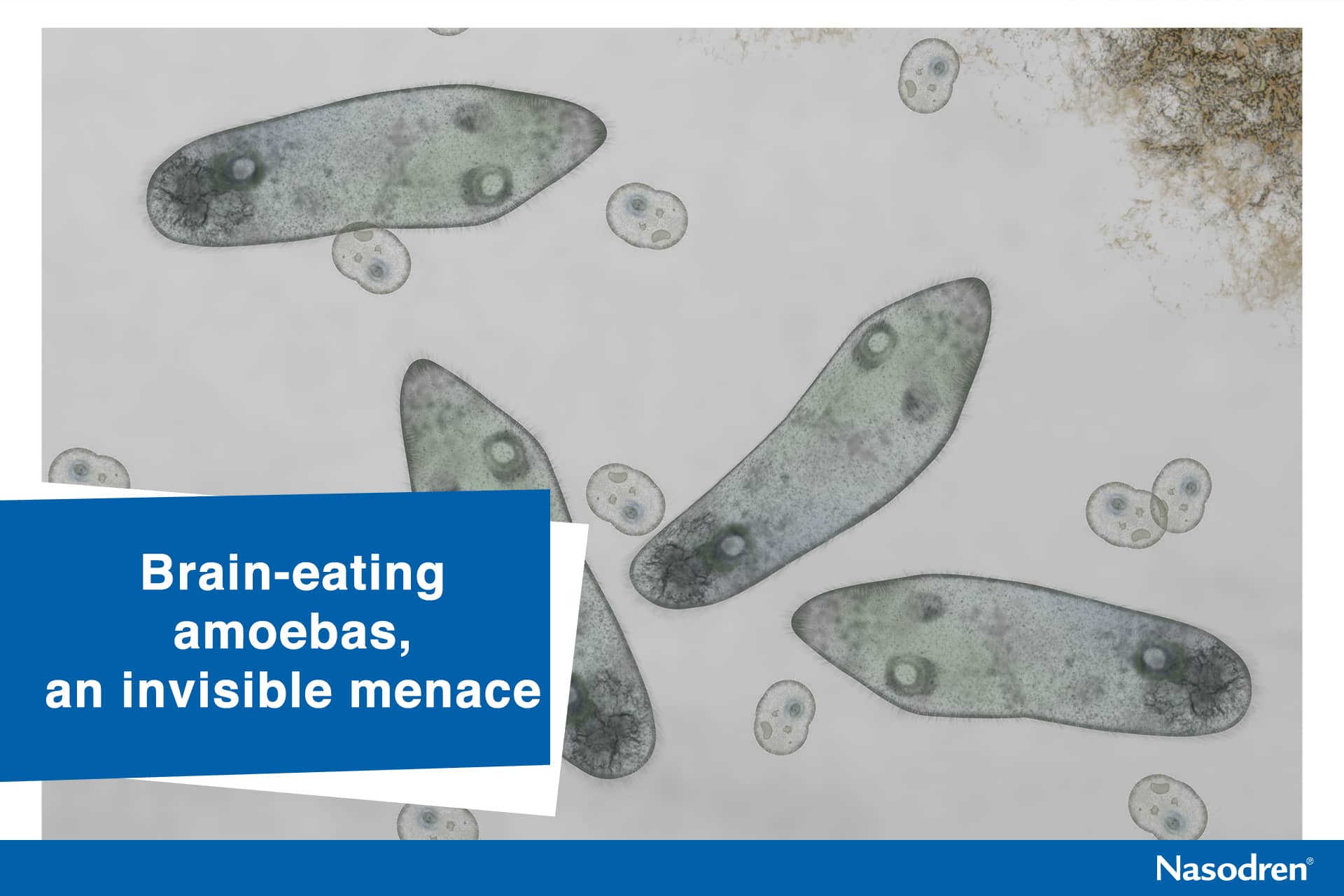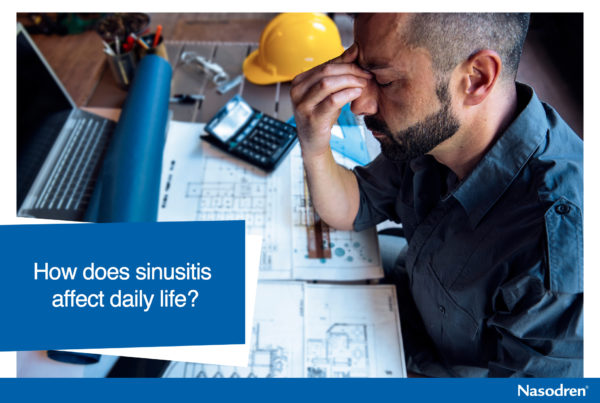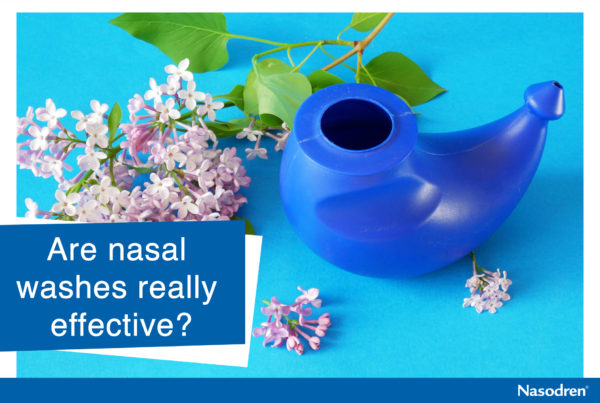Its name says it all. ‘Brain eating-amoeba’ could perfectly be the title of an ’80s horror movie, one of those with a tatty cover and even a worse plot, but it’s not the case. Scientifically known as Naegleria Fowleri, these free-living amoebas are not only real, but can also make our hair stand on end. If you’ve been paying attention to mass media, you may have heard or seen on the news that a brain eating-amoeba killed an 18-year-old girl in North Carolina by the end of june.
In Charlotte, the tragedy took place in the White Whater Center, where experts have found high levels of this one-celled organism. The victim, Lauren Seitz, reportedly died from a Primary Amoebic Meningoencephalitis (PAM), which is nothing but an infection caused by this kind of amoeba that affects the human central nervous system.
But let’s go back to the beginning; what exactly is a brain-eating amoeba, and how does it enter and attack your body? Here are some key facts about it.
Cozy in warm waters
Naegleria Fowleri is found around the world, but such a microscopic organism is more likely to grow best in warm waters, from rivers and freshwater lakes to hot springs and even poorly maintained pools (lacking enough chlorine and with accumulated debris). In the past few decades, the presence of brain-eating amoebas has been mainly reported in Australia and the US, especially in the southern states.
Traveling through your nose
Infections with such organisms usually occur while swimming or diving into waters like the ones mentioned above. It doesn’t take swallowing any water to get the Naegleria Fowleri inside your body, as it uses the nose as a pathway instead (traveling up through the olfactory nerve and into the brain). This amoeba generally feeds on bacteria but, once it reaches the human brain, this becomes its new source of ‘food’.
Fatal consequences
People start showing symptoms two to 15 days after the amoeba enters their nose. Basically, what happens is that the Naegleria Fowleri damages the brain tissue, thereby causing swelling (Primary Amebic Meningoencephalitis) and death. The initial symptoms include headaches, fever, stiff neck and even loss of appetite, and bring about vomiting, seizures or coma. Unfortunately, most patients (99%) die three to seven days after the first symptoms appear, and no drug has proven effective to stop a fatal outcome. Only a handful of very lucky ones have survived it over recent decades due to what seems to be a combination of factors: early diagnosis, some special immunity to the amoeba and an aggressive antibiotic treatment. Yet, much research remains to be done in order to treat PAM with positive prognosis.
After all, such cases are rare
Looking at the statistics, there’s no reason to panic. Less than 200 cases of PAM infections have been documented in the US since the 1960s, but that doesn’t mean we should ignore such a threat. Experts haven’t been able to determine what makes certain people more vulnerable to becoming infected than others who, for example, swim in the same waters inhabited by Naegleria Fowleri.
In short, you shouldn’t get obsessed with brain-eating amoebas. As already said, their level of incidence among humans is very low, but remember that pretty much every reported case ends up in tragedy. If you live in places where it gets very warm in the summer, the best thing you can do is be careful when visiting swimming venues.
And, in case you are worried, you can always wear nose clips when plunging into stagnant fresh waters.









